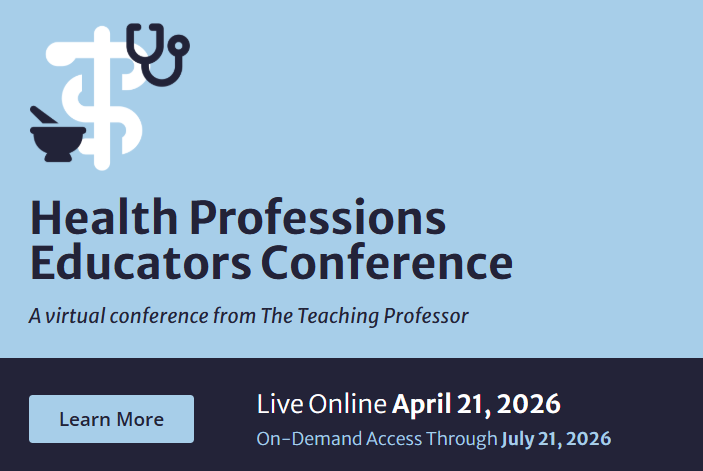Classroom Management: Finding the Balance Between Too Rigid and Too Flexible
For quite some time now I’ve been interested in a widely held set of assumptions faculty make about the need to assert control at the beginning of a course. The argument goes something like this: When a course starts, the teacher needs to set the rules and clearly establish who’s in charge. If the course goes well, meaning students abide by the rules and do not challenge the teacher’s authority, then the teacher can gradually ease up and be a bit looser about the rules. The rationale behind this approach rests on the assumption that if a teacher loses control of a class, it is very hard to regain the upper hand. In these cases, student behaviors have compromised the climate for learning so seriously that the teacher has an ethical responsibility to intervene and reassert control.




